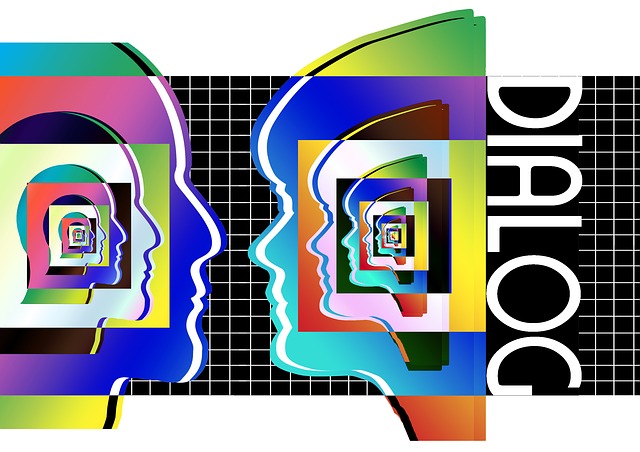Monologue vs Dialogue
Understanding the distinction between monologue and dialogue is crucial for literature students, as these terms are frequently used in the field. A dialogue involves a conversation between two or more people, while a monologue features only one person speaking. Thus, the primary difference between dialogue and monologue lies in the number of speakers. A monologue has a single speaker, whereas a dialogue has two or more. In a dialogue, thoughts and ideas are exchanged, unlike in a monologue. This article aims to highlight the differences between these two terms while explaining each of them.
What is a Dialogue?
We engage in conversations with others in our daily lives, exchanging ideas with them. This constitutes a dialogue because multiple people participate. A dialogue always requires at least two people. Dialogues can be found not only in real life but also among characters in books, plays, and dramas. Dialogues create an atmosphere in which characters can share their thoughts.
What is a Monologue?
A monologue consists of lines spoken by a single individual, with only one-way communication. Unlike a dialogue, which features two-way communication, a monologue focuses solely on one person—the speaker. In a literary context, such as a drama, monologues can serve both as narration and as a means of revealing a character’s inner thoughts. This helps the audience gain a better understanding of the character. To illustrate this, consider the following example from William Shakespeare’s Macbeth, which contains several monologues:
“Is this a dagger which I see before me,
The handle towards my hand? Come, let me clutch thee.
I have thee not, and yet I see thee still.
Art thou not, fatal vision, sensible
To feeling as to sight? Or art thou but
A dagger of the mind, a false creation,
Proceeding from the heat oppressed brain”
This monologue occurs just before Macbeth murders King Duncan, emphasizing Macbeth’s state of mind. Shakespeare uses this monologue to provide insight into Macbeth’s inner thoughts.
What is the difference between Monologue and Dialogue?
• A dialogue involves a conversation between two or more people.
• A monologue features only one person speaking.
• A monologue allows the audience to understand a character’s inner thoughts.
• The main difference between a dialogue and a monologue is that a monologue has only one speaker, while a dialogue has two or more.
• Additionally, a monologue permits only one-way communication, whereas a dialogue involves two-way communication.
Key Takeaways
- A dialogue involves a conversation between two or more people, while a monologue features only one person speaking.
- Monologues can serve as narration and as a means of revealing a character’s inner thoughts, helping the audience gain a better understanding of the character.
- The main difference between a dialogue and a monologue is the number of speakers, with a monologue having only one speaker and a dialogue having two or more.
